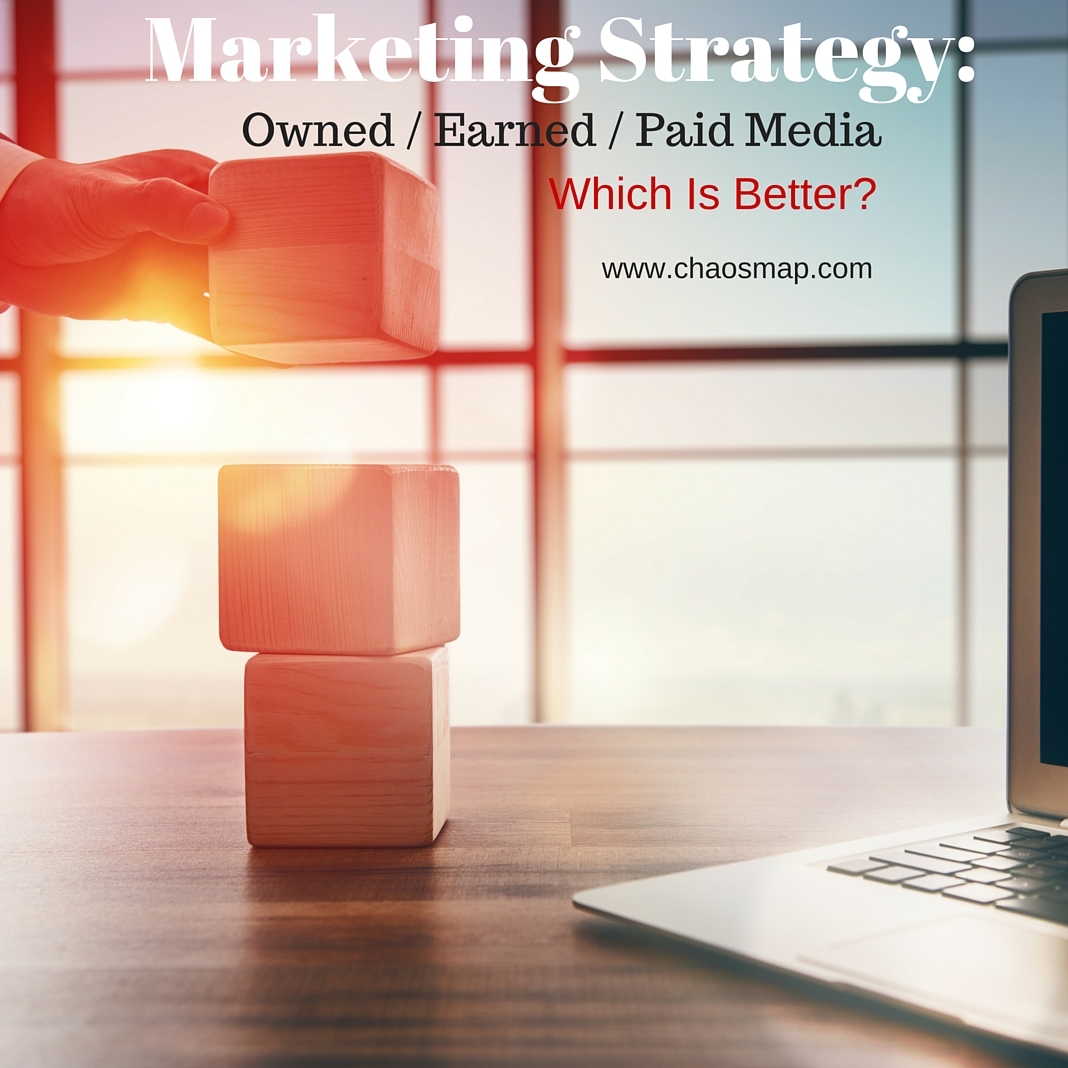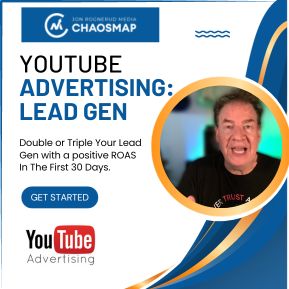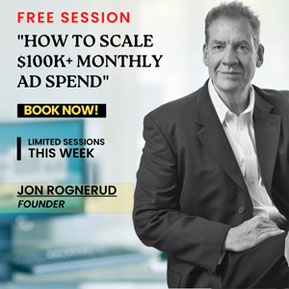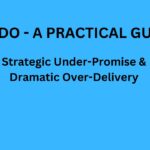When determining your online marketing strategy for brand visibility, traffic and (sales) conversions, you have a number of pathways you can choose to pursue.
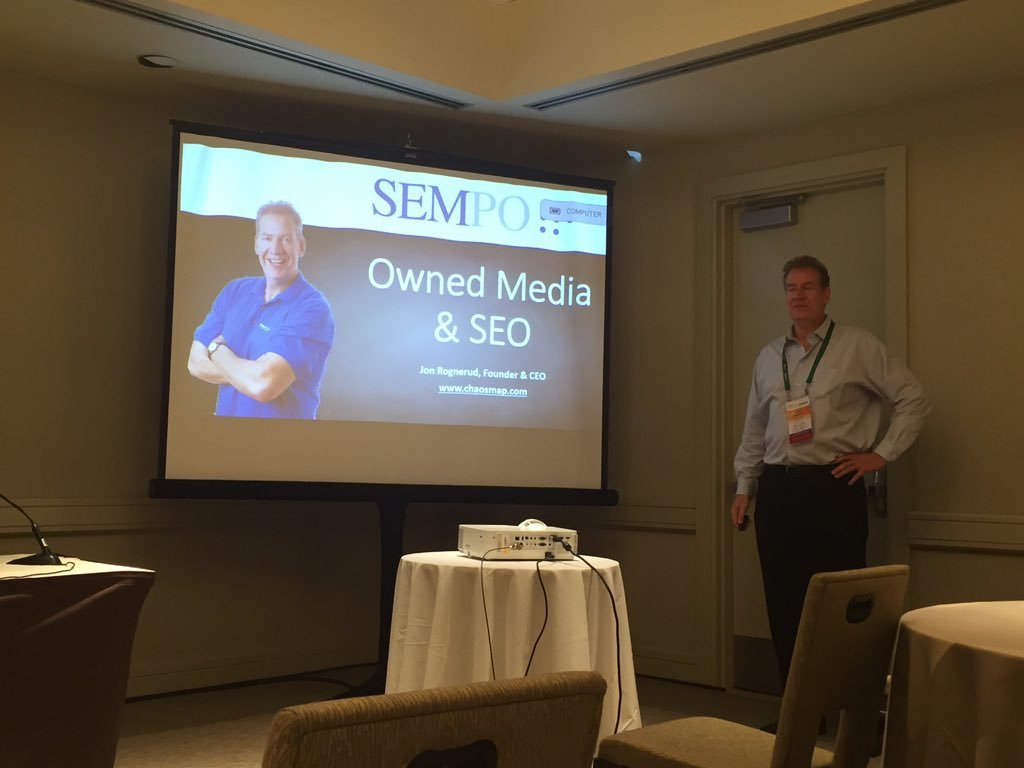
From owned media, to earned media, to paid media, each strategy comes with its own set of benefits depending on the message you are looking to deliver, and what’s most important to your business now.
Each kind of online marketing strategy has a unique set of characteristics.

But before you decide which is right for you and the campaign you are developing, you’ll need to completely understand what each consists of, how each works, and what kind of results you can expect from each marketing strategy.
Owned Media (“Customers”)
When you are in control of the website, blog, social media page, or other online platform you’re hoping to use to deliver your marketing message, this would be considered “Owned Media.” It’s your corporate content.
“Owned media is defined as communication channels that are within one’s control, such as websites, blogs, or email;” – Wikipedia
With owned media, you are able to provide and updated the exact message and content you want, whenever you want, free of charge. (other than your time)
Because you have full control over your social media accounts, website and blog, you can put whatever information you want into any of the pages and profiles.
This gives you complete control over your marketing strategy, allowing you to manipulate exactly what is said, what is shared, and when it is posted.
An example of owned media would be sharing content (even sales copy) on your Facebook page, without paying to promote the ad any further than to the followers you already have.
Owned media is best for targeting return or loyal customers, or displaying a new product, a promotion, or new information to customers you have already done business with.
If your marketing campaign is targeted to getting more return purchases, using owned media could be the best strategy.
And, when you combine this strategy with SEO (search engine optimization), you have the added advantage of driving new eyeballs to your pages with keywords and links.
The biggest drawback with only using your owned media is that it can be slower to market, and it is more challenging to reach a new audience.
This kind of marketing strategy will usually be preferred to reach your followers, loyal customers, and fans, unless you choose to also implement some paid media or earned media strategies.
Paid Media (“Strangers”)
“Paid Media” is your traditional sense of marketing and advertising, where you pay to promote the posts on your own social media pages — or you pay for advertising space on partner sites (display) or in search (Google Adwords, for example).
“Paid media refers to publicity gained through advertising” – Wikipedia
Your paid media is placed with the goal of directing potential customers and purchasers to your website pages (landing pages) and products.
Other forms of paid media include paying “influencers” of your target market to share your links, products, or website.
These influencers may be celebrities, social media personalities, or other companies that already have a following comprised of the people you want to visit your website and purchase your products or services.
Because you are paying for the advertising space or the shout out to your company or product, you almost always will have control about what is said, or at least get to approve the message before it is sent out.
For paid media outlets, you may even develop ads for the other individual to use or post, or you will send exactly what you want to be posted to the company or individual you are paying.
Paid media online is not much different than paid advertising in magazines or newspapers, it is just done in a digital marketplace now.
Paid media is usually relatively easy to secure.
Your biggest challenge with paid media will be finding the right fit, with the right audience, and the right way to display your products, services and brand to get the best results.
Taking the example of the Facebook ad you shared to your own Facebook page in the owned media section, that same ad can become a form of paid media if you pay to boost or otherwise promote the post further.
When you pay for a Facebook ad to be promoted, it will appear as sponsored content to individuals who don’t already follow you.
Once that ad starts appearing on other people’s pages who are not already associated with your social media account, it becomes a paid media form.
Earned Media (“Fans”)
Where paid media and owned media are relatively easy to secure and control, earned media is the exact opposite.
“Earned media (or free media) refers to publicity gained through promotional efforts other than advertising” – Wikipedia (ref)
With “Earned Media” you and your company will have no say in what is talked about, shared, or promoted. This is UGC (User Generated Content) at its best.
Instead, you rely on your fans, followers, and customers to promote your business. They essentially can become brand advocates – and that you don’t pay them for.
There are a few forms of earned media, and each has its own benefits, but it is usually the most difficult to secure. It is however, the most beneficial to your business success.
Retweets, mentions, shares, voluntary testimonials and other social media interactions that you do not pay for are all forms of earned media.
When other marketers mention you by name or keyword on their page(s), and with links back to you, you’ll earn better SEO rankings and traffic over time.
Earned media is free, but the only way to get it is to become a company and business worth talking about.
A good way to view earned media is as digital “word of mouth” or recommendations throughout the web for your products and services.
In many cases, a word of mouth recommendation is more believable and taken more seriously than advertisements on paid media or owned media.
This is because the individual recommending your company does not have any incentive to do so.
People will share if you provide excellence.
They are simply sharing a good experience or recommending your products because they have found so much success, they want others to find the same level of happiness.
Because the number of online shops, experts, and services is constantly increasing and becoming more and more available to a wide variety of people, people are more protective of where they choose to buy from and who they trust to deliver a service worth their money.
Establish a great reputation.
In order to use earned media in your online marketing strategy, you already need to have a good following in place and you need to develop great content that is easy to share and appeals to a wide variety of individuals.
Because you have little control over what goes viral, these kinds of campaigns can be extremely difficult to be successful in.
If we again return to the example of the Facebook ad, earned media comes when Facebook users comment, share, or like the ad, regardless of if they saw the paid media form or the owned media form.
If you have a strong network of followers, paid media might not be necessary because shares and likes can attract friends and followers of your loyal customer base.
However, paid media will allow you to test ads, keywords and landing pages quicker, so keep that option open.
Conclusion
When developing your online marketing strategy to drive traffic and create further visibility for your brand, all three types of models should work together to achieve your marketing goals. And, what those goals are will influence what media you should target.
Knowing your audience and applying a persona-driven attribution marketing framework will help you drive higher converting traffic to your early, middle and late stages in your sales funnel.
You can use paid media to drive behaviors via your sponsored assets (ads, videos, content) which eventually will turn into sponsored knowledge.
Benefits come from all three areas.
Each kind of media channel in the POEM (paid, owned, earned media) model has benefits specific to it and can drive different results. You have to take action, and test this for your own business.
“Paid media creates ‘brand awareness’ and allows you to gather valuable marketing data quickly, owned media builds and supports the ‘brand experience’, while earned media boosts the ‘brand conversation’.”
It is difficult to say which is the most important because each will give you a different outcome. But there is no doubt that the trifecta model works, and all should be applied and tested. The power of “converged media” (the delta that emerges when you lay each ‘circle’ to form a Venn-diagram) working for you is ideal.
You must also consider the “time vs budget” conversation. What does this mean in your business right now. Do you have more time than money? If so, you may start in the Owned media area first.
To determine which pathway is right for you, you’ll need to assess where your company currently is, where you would like it to go, and what means you would need to take to get there.
NEED SOME HELP? Contact Us Here and schedule your time.Jon Rognerud and Chaosmap work with Fortune 500 companies, associations and entrepreneurs to create digital traffic strategies that scale up members, customers, leads and sales with profitable returns. Mr. Rognerud wrote a best-selling book (Buy On Amazon), “The Ultimate Guide To Optimizing Your Website” (Entrepreneur). Connect directly here.

